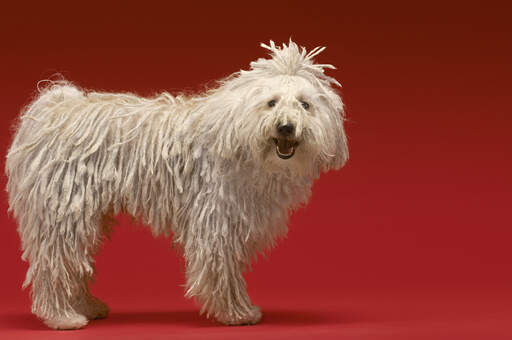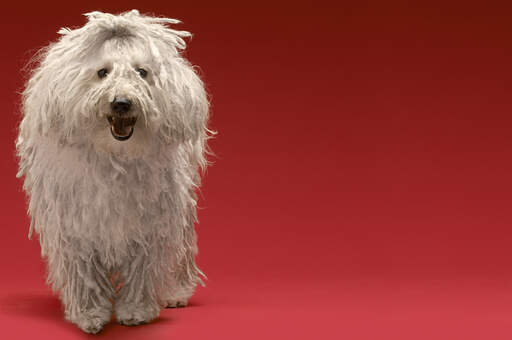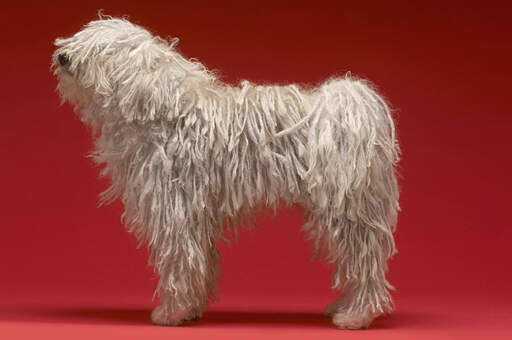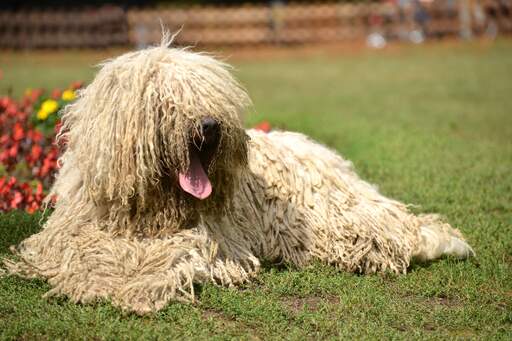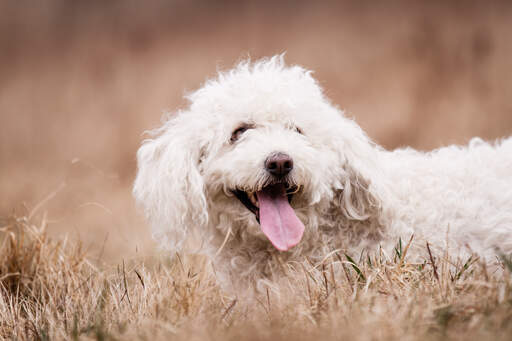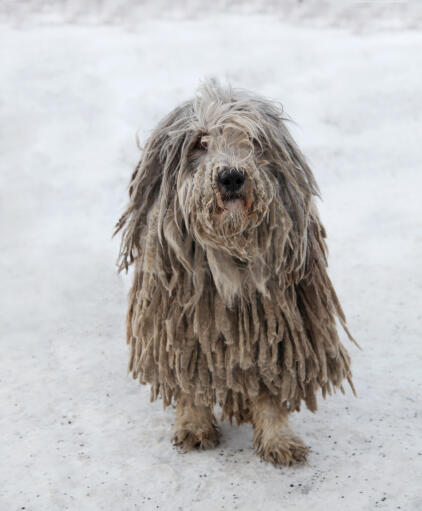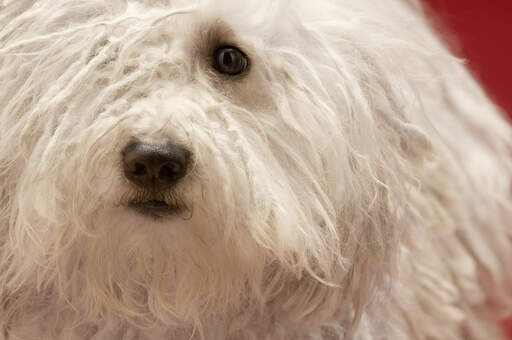Komondor Dogs







History
Native to Hungary, it is believed that the predecessor of this dog was brought to the country in the 13th century by the Cumans who settled the lands there. Their name, Komondor, literally means Cuman Dog. They were mainly used as guard dogs to protect property and livestock as they blend in well enough with the sheep to be able to catch predators without being seen until the last minute. They are a fairly common sight in their home country of Hungary, but rarer in other countries.
Behaviour
The Komondor is a large breed which will go to great lengths to protect their family and home. They make excellent guard dogs, usually the sheer size of them is enough to drive away any potential burglars. They are independent thinkers and as a result can sometimes be domineering and stubborn. They were bred for a specific job, protection, and this is what they are best at. It is their instinct to guard children, their owners, livestock and their home. They get along great with larger livestock such as horses and cows.
Early socialisation is vital, as their instinct to protect their loved ones may take a hold of them and cause them to act aggressively if they are not socialised. They need a lot of interaction with other people starting from a young age. This will help them become more accepting of strangers, though they will always have a natural weariness of newcomers. They soon become bored of training; you will have to come up with more inventive ways of training them. Incorporating training into their daily walks or play sessions works well.
They mature rather slowly and aren’t considered fully mature until they are about three years old. They are not the ideal breed for a new dog owner as keeping one of these dogs will require more effort than with many other breeds. Despite all this, Komondors are very placid within the home and will happily sit at your feet and keep you company. They are calm and laid back when with their owners, though they do find it hard to get fully settled at night as they often toss and turn and, due to their guarding instincts, want to check out every little sound. They aren’t high energy dogs when out on a walk, but they’ll still need a decent length walk each day paired with a play session.
Komondors have a unique coat. Made up of dense cords which take two years to fully form. This cording also takes a long time to dry, sometimes up to a day, so swimming isn’t ideal form this breed (or indeed the owner). The cords must be separated to prevent matting. They are non-shedding, but the coat requires a lot more effort than most other coats.
Temperament
Dignified and guarded best describe this breed’s temperament. Bred to guard flocks, this instinct plays a big role in this dog’s behaviour. Fiercely protective of their family. Fine with other pets as long as they see them as a member of the family. Strangers and strange animals should be cautious of this breed as they are very independent and will often make their own judgement on whether you are friend or foe. They need regular and firm training in order to get the best behaviour out of them. With such a large dog you want them to be well trained. Be sure to do your research before getting this dog.
Health Problems
Komondors are a generally healthy breed. The possible problems are Canine Hip Dysplasia (as is the case with many larger breeds), Gastric Torsion (Bloat), and possible elbow dysplasia, entropion (inward rolling of eyelid which can irritate the eyeball), cataracts, and some ear problems.
Breed Details
- Status: Common
- Life Expectancy: 10 - 12 years
- Weight: 100 - 130 lbs
- Height: 25' - 28" +
- Rare: No
- Coat: Long - Hypoallergenic
- Grooming Requirements: Everyday
- Town or Country: Country
- Minimum Home Size: Large House
- Minimum Garden Size: Large Garden
- Breed Type: Herding
- Size: Giant
- Energy Level: Medium
- Exercise Required: Up to 1 hour

